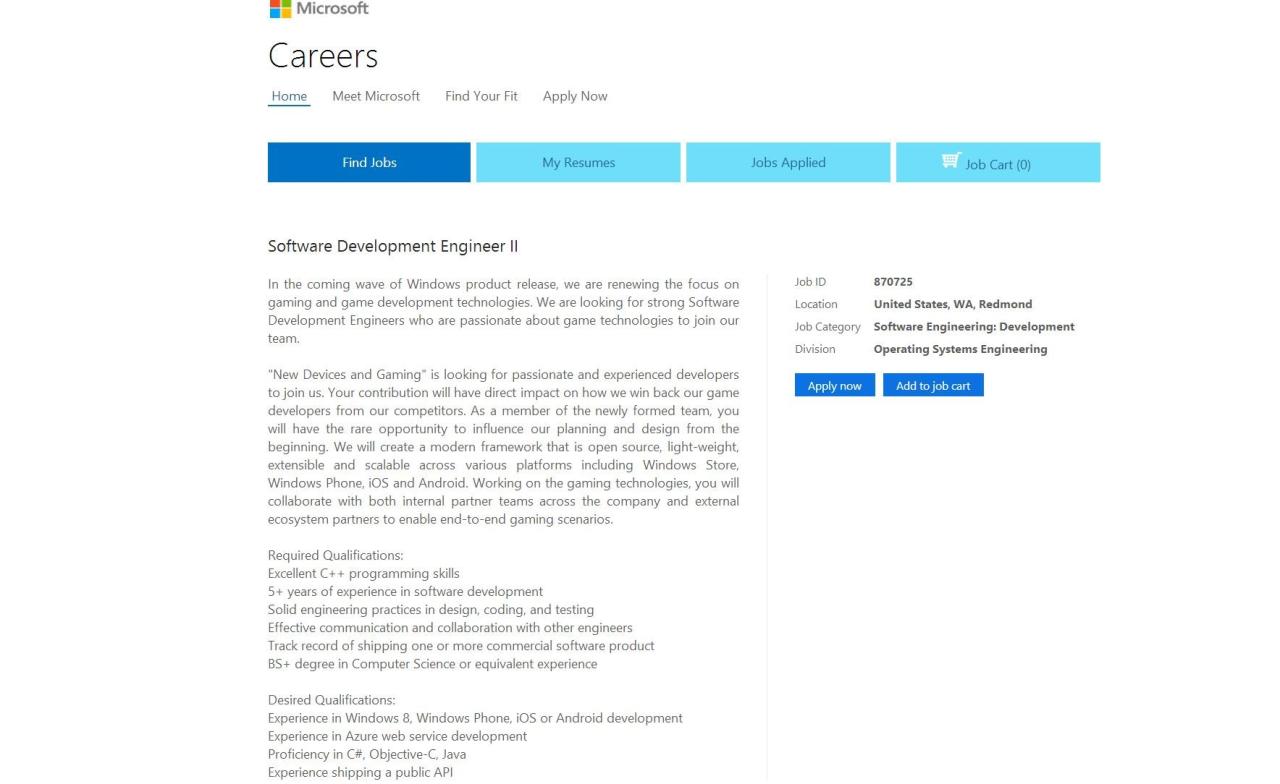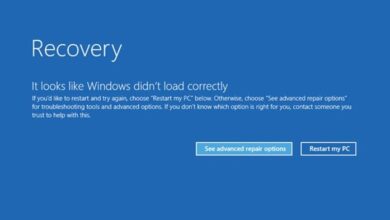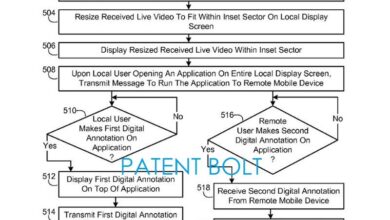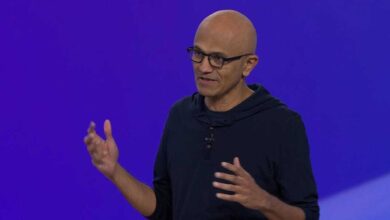Microsoft Releases Unified Gaming Development Platform
Microsoft releases unified gaming development platform, promising a revolution in how games are built. This new platform aims to streamline the entire development process, from initial concept to final release, offering a comprehensive suite of tools and resources for developers of all skill levels. Expect a significant impact on the gaming industry, potentially reshaping the landscape of game creation and attracting new talent.
The platform’s unified approach promises to simplify development by consolidating disparate tools and technologies. This should translate to faster turnaround times and reduced costs for developers, enabling them to focus more on creativity and innovation. The target audience includes independent developers, small studios, and major game publishers. Microsoft is positioning this platform as a central hub for the entire gaming ecosystem.
Overview of the Microsoft Unified Gaming Development Platform
Microsoft’s unified gaming development platform aims to streamline the process of creating high-quality games across various platforms. This centralized approach promises significant time and resource savings for developers, allowing them to focus on game design and innovation rather than platform-specific intricacies. The platform leverages existing Microsoft technologies to provide a comprehensive suite of tools and services, facilitating a smoother and more efficient development lifecycle.This platform’s core strength lies in its ability to abstract away platform-specific complexities, enabling developers to create games once and deploy them seamlessly across multiple devices.
This unified approach not only reduces development time but also potentially expands the reach of games to a wider audience.
Platform Components
The platform’s architecture is designed with modularity and extensibility in mind, enabling developers to choose the components that best suit their specific needs. The following components are crucial to the platform’s functionality.
| Component | Description |
|---|---|
| Game Engine | Provides a robust foundation for game development, handling core functionalities like rendering, physics, and AI. This engine is optimized for cross-platform compatibility, ensuring consistent performance across different devices. |
| Development Tools | Offers a suite of integrated development tools, including editors, debuggers, and profiling tools. These tools are designed to enhance developer productivity and facilitate rapid iteration during the development process. |
| Cloud Services | Leverages Microsoft’s cloud infrastructure for hosting game assets, managing user data, and providing scalable back-end services. This enables developers to focus on the core game logic without worrying about infrastructure management. |
| Cross-Platform Support | Enables developers to build games once and deploy them across multiple platforms, including PCs, consoles, and mobile devices. This significantly reduces development time and costs compared to building separate versions for each platform. |
Target Audience
The target audience for this platform encompasses a wide range of game developers, from independent creators to large studios. The platform’s ease of use and cross-platform capabilities make it an attractive option for developers of all sizes, allowing them to reach a broader audience with their creations. It is also expected to attract new developers who might not have the resources to handle separate development pipelines for each platform.
Key Features and Functionalities
The platform offers a range of functionalities designed to simplify and accelerate the game development process. These include:
- Simplified Development Workflow: Streamlines the process of creating and deploying games, reducing the complexity associated with different platform requirements.
- Enhanced Cross-Platform Compatibility: Ensures a consistent experience for players across various platforms, whether on a high-end PC, a mid-range console, or a mobile device.
- Cloud-Based Asset Management: Facilitates secure and efficient storage and management of game assets, ensuring access from anywhere and collaboration among team members.
- Optimized Performance: Leverages advanced algorithms and technologies to achieve optimal performance across diverse hardware configurations, minimizing latency and maximizing the gaming experience for players.
- Integrated Development Environment: Provides a comprehensive suite of tools, from code editors to debugging tools, facilitating a seamless and productive development experience for developers.
Comparison with Existing Platforms: Microsoft Releases Unified Gaming Development Platform
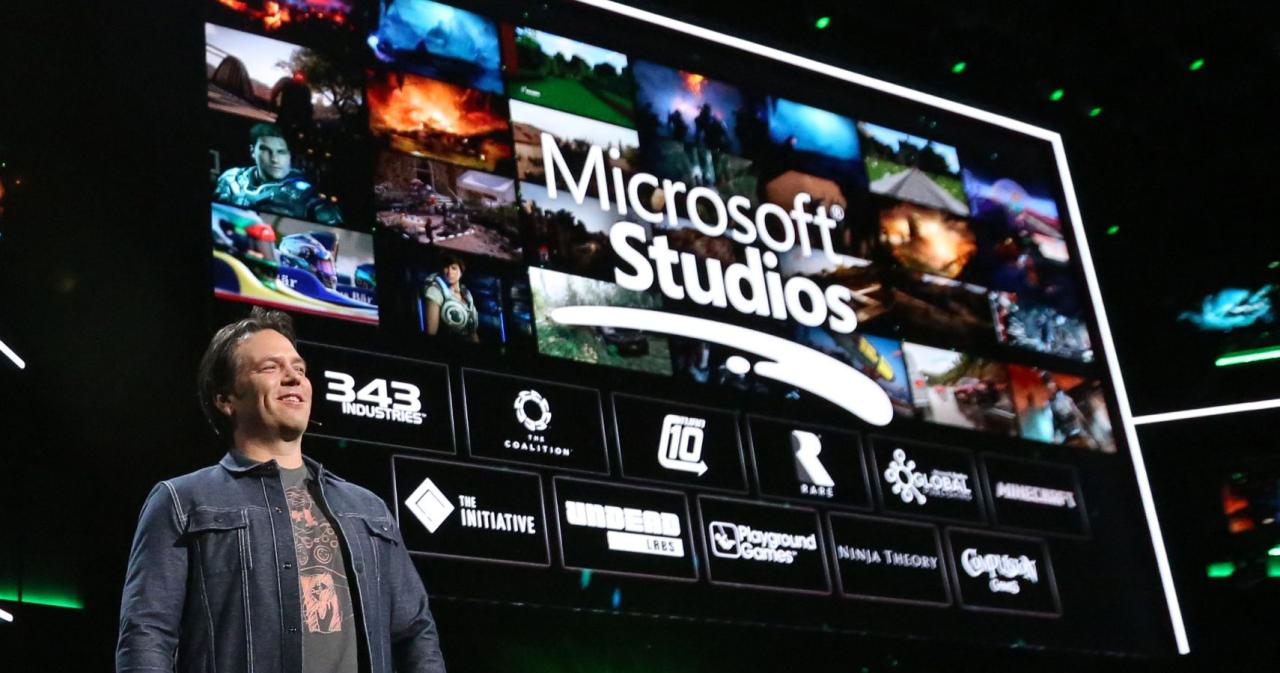
The Microsoft Unified Gaming Development Platform arrives as a significant contender in the crowded landscape of game development tools. This platform promises a streamlined approach to creating games across various platforms, a key differentiator in an industry increasingly focused on cross-platform compatibility. Understanding how it stacks up against established giants like Unreal Engine and Unity is crucial for developers considering their next project.This comparison delves into the key differences and advantages of the new platform, highlighting its potential to address limitations of existing tools.
We will examine specific areas where the new platform offers improvements and provide a detailed comparison table to aid in decision-making.
Key Differentiators and Advantages
The Microsoft Unified Gaming Development Platform distinguishes itself from existing platforms by focusing on a unified development experience. This translates to reduced development time and potential cost savings by streamlining the process of creating games for multiple platforms. The platform leverages the power of the Azure cloud for development and deployment, offering scalability and performance benefits not typically found in other development environments.
Addressing Shortcomings of Competitors
Existing platforms like Unreal Engine and Unity often present challenges related to performance optimization, especially when targeting diverse hardware configurations. Unity, for example, has been known to experience performance issues on lower-end devices. Microsoft’s platform addresses this by integrating cloud-based optimization tools, providing real-time feedback and enabling dynamic adjustments for different hardware profiles. Unreal Engine’s extensive ecosystem is often cited as a strength, but also creates a steep learning curve for new users.
Microsoft’s new unified gaming development platform is a pretty big deal, streamlining the process for game developers. It’s interesting to see how this ties into broader security concerns, like how Cisco is tackling the ever-present threat of worms with their innovative trust agents, as detailed in this article: cisco declares war on worms with trust agents. Ultimately, this platform will hopefully make creating amazing games easier and more secure for everyone.
The unified platform promises a more approachable entry point for developers new to the field.
Comparative Analysis of Game Development Platforms
| Feature | Microsoft Unified Gaming Development Platform | Unreal Engine | Unity |
|---|---|---|---|
| Cross-Platform Development | Built-in support for multiple platforms (PC, consoles, mobile) with a single codebase. | Excellent cross-platform support, but requires separate configurations and potentially more complex scripting for specific platforms. | Robust cross-platform support, but requires adaptation for each platform’s specific requirements. |
| Cloud Integration | Direct integration with Azure cloud services for development, testing, and deployment. | Limited cloud integration compared to Microsoft’s platform. | Offers limited cloud integration options, often relying on third-party solutions. |
| Performance Optimization | Integrated cloud-based performance analysis and optimization tools for diverse hardware. | Offers extensive optimization tools, but often requires manual adjustments for various devices. | Performance optimization tools are available but can be complex to use effectively. |
| Learning Curve | Designed with a focus on ease of use for a wider range of developers. | Known for a steep learning curve due to its extensive features. | Generally considered to have a relatively lower learning curve compared to Unreal Engine. |
Development Workflow and Tools
The Microsoft Unified Gaming Development Platform introduces a streamlined approach to game creation, significantly reducing development time and complexity. This new platform leverages a robust suite of tools and a well-defined workflow, empowering developers to focus on game design and innovation rather than tedious technical hurdles. It’s designed to integrate seamlessly with existing development tools and workflows, minimizing disruption for experienced professionals.This section details the platform’s development workflow, demonstrating how developers can leverage its tools to create high-quality games efficiently.
We’ll explore the stages of game development, the tools involved, and the seamless integration with existing developer tools.
Game Creation Tools Overview
The platform provides a comprehensive set of tools tailored for different stages of game development. These include powerful asset management tools, a unified code editor, and advanced debugging and profiling utilities. Each tool is designed to enhance efficiency and streamline the process, ultimately reducing the time needed for project completion.
- Asset Management: The platform offers a centralized repository for all game assets, including models, textures, sounds, and scripts. This streamlined approach simplifies asset organization, version control, and collaboration. Asset management tools facilitate easy access and modification of assets, crucial for maintaining consistency and efficiency throughout the development cycle.
- Code Editor Integration: The platform seamlessly integrates with popular code editors, enabling developers to write, edit, and debug code within their preferred environment. This integration fosters familiarity and reduces the learning curve for developers already using established tools. Developers can leverage their existing coding expertise and environments while benefiting from the platform’s robust features.
- Debugging and Profiling: The platform’s integrated debugging and profiling tools allow developers to identify and resolve issues efficiently. These tools offer a detailed view of performance bottlenecks, enabling optimized resource management and ensuring smooth gameplay. Developers can use this information to improve the overall performance of their games.
Development Workflow Illustration
The following flowchart demonstrates the streamlined game development workflow facilitated by the new platform:
Stage Action Tools Used Conceptualization Idea generation, design documents, prototyping Platform’s design tools, text editors Asset Creation Modeling, texturing, animation Platform’s asset management tools, 3D modeling software Coding & Implementation Writing game logic, integrating assets Integrated code editor, debugging tools Testing & Quality Assurance Playtesting, bug fixing, performance analysis Platform’s debugging tools, testing frameworks Deployment Publishing the game to various platforms Platform’s publishing tools
This workflow diagram illustrates the clear and efficient steps involved in game development. The platform’s tools support each stage, ensuring a cohesive and productive experience.
Existing Tool Integration
The Microsoft Unified Gaming Development Platform is designed to integrate with existing development tools, minimizing disruption for experienced developers. This integration is crucial for maximizing developer productivity and maintaining continuity with existing workflows. By integrating with commonly used tools, the platform ensures a smooth transition for developers already familiar with these tools.
- Third-Party Tools: Support for popular third-party tools, like 3D modeling software and animation packages, ensures a seamless workflow. Developers can leverage their existing expertise and workflows without having to learn entirely new tools.
- Existing Codebases: The platform enables developers to integrate existing codebases, reducing the need for extensive rewriting and minimizing the time spent on converting projects.
Potential Impact on the Gaming Industry
The Microsoft Unified Gaming Development Platform promises a significant shift in how games are created and experienced. This new platform, with its streamlined tools and unified architecture, is poised to impact the entire gaming ecosystem, from the studios producing the games to the players enjoying them. It presents a compelling vision for the future of game development, offering potential benefits for both developers and gamers alike.
Impact on Game Development Practices
The platform’s unified approach will likely lead to more efficient development workflows. Developers will potentially spend less time on cross-platform compatibility issues and more time on creative aspects of game design. Tools designed for the platform will likely be optimized for cross-platform development, reducing development time and costs. This efficiency could encourage smaller studios to create and release more titles, potentially leading to a greater variety of games.
Benefits for Developers
Developers stand to gain significantly from this platform. The potential for reduced development time and costs is a major draw. Developers will potentially have access to a broader range of tools and resources, enabling them to create more complex and visually stunning games. The platform’s unified nature should also simplify the process of porting games across different platforms, significantly reducing the technical hurdles often associated with cross-platform development.
Benefits for Gamers
Gamers will benefit from increased access to high-quality games. The platform’s potential to lower development costs could lead to more games being released, offering greater diversity in genres and styles. The platform’s emphasis on cross-platform compatibility could mean that gamers will have more options for playing games with friends, regardless of their preferred platform. Improved performance and stability across platforms could enhance the overall gaming experience.
Expected Effect on the Competitive Landscape
The introduction of a unified platform could reshape the competitive landscape of the gaming industry. Smaller studios might find it easier to compete with larger ones, thanks to reduced development costs and streamlined workflows. Existing platforms will likely feel increased pressure to adapt and improve their own offerings to stay competitive. The platform could also foster innovation by making it easier for developers to experiment with new game mechanics and design approaches.
Potential Impact on Game Design Trends
The platform could accelerate several game design trends.
- Cross-platform experiences will become more prevalent. The platform’s design will likely encourage the development of games that can be enjoyed on multiple platforms without sacrificing quality. This will allow players to interact with each other regardless of their platform of choice, potentially fostering a more unified gaming community. Examples include the growing popularity of online multiplayer games and the increasing demand for seamless cross-platform interactions between different games.
- Cloud gaming will likely become more accessible. The platform’s architecture could be particularly well-suited for cloud gaming, enabling developers to easily create games optimized for streaming and remote play. This could significantly change how gamers access and experience games. Existing cloud gaming services are already demonstrating the potential for remote play, but the unified platform could streamline this process for developers.
- Immersive experiences will become more sophisticated. The platform’s potential for enhanced performance and stability could allow for more complex and detailed game worlds, richer interactions, and greater immersion. This could involve the development of virtual reality and augmented reality games, or even more detailed open world environments.
- Greater focus on accessibility features. The platform’s focus on streamlined workflows could also incentivize developers to incorporate more accessibility features into their games. This is not only a positive trend for the gaming industry but also for inclusivity. For example, many modern games are designed with options for adjustable controls and other features, making games more accessible to people with disabilities.
Detailed Analysis of Potential Impact on Game Design, Microsoft releases unified gaming development platform
This platform will potentially accelerate trends toward more collaborative game experiences, more complex and detailed game worlds, and increased accessibility. Games designed with these principles in mind will likely have a wider appeal and attract a larger player base. The unification of development tools will make it easier for developers to create and maintain these features across different platforms, ultimately benefiting both the development process and the player experience.
This could lead to the creation of new game genres and playstyles, and more refined designs for established genres.
Technical Specifications and Architecture
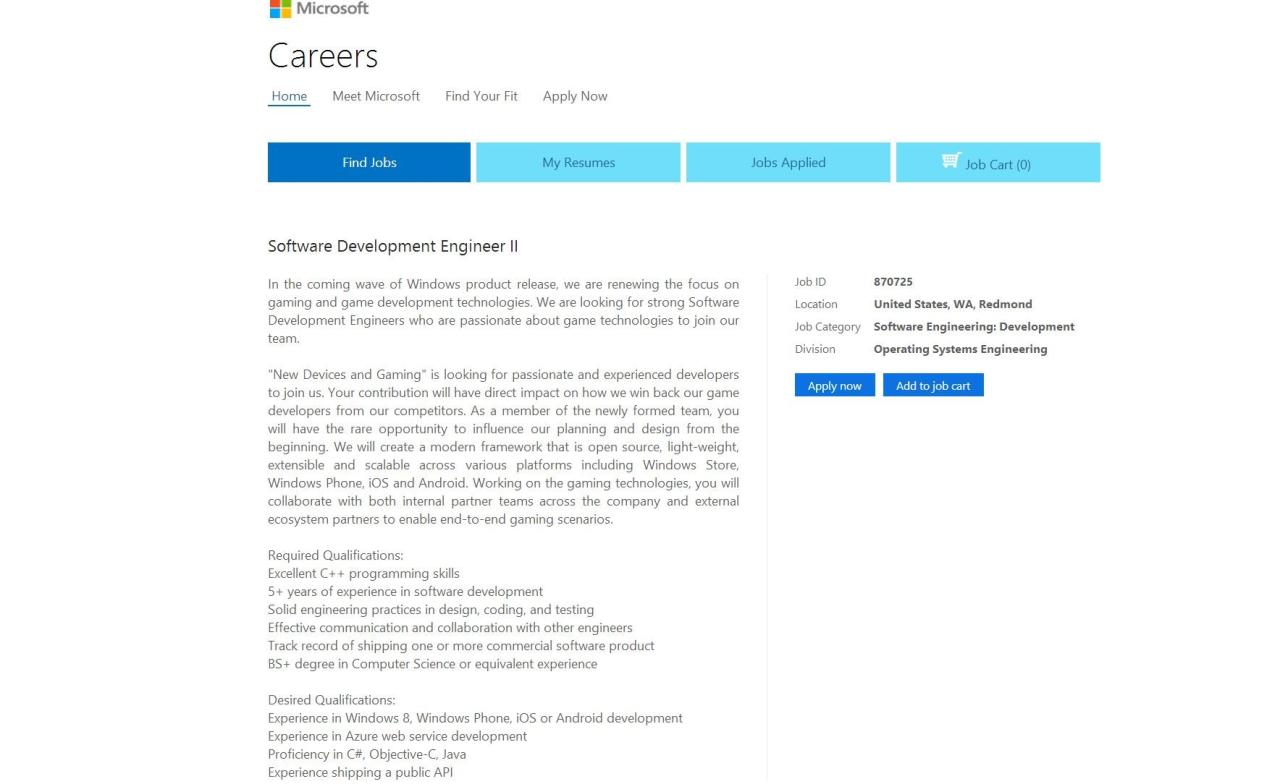
The Microsoft Unified Gaming Development Platform boasts a robust architecture designed for optimal performance and flexibility. This section delves into the platform’s core components, underlying technologies, and technical specifications, providing a comprehensive understanding of its capabilities. This framework aims to streamline the development process, reduce development time, and lower costs for game developers.
Microsoft’s new unified gaming development platform is a big deal, promising smoother game creation. However, recent headlines about a massive denial of service attack bringing down Microsoft’s services (check out the details here: denial of service attack brings down microsoft ) highlight the complex landscape of cybersecurity that developers need to consider. Hopefully, these kinds of vulnerabilities won’t deter Microsoft’s continued innovation in the gaming space.
Platform Architecture Overview
The platform’s architecture is modular and scalable, facilitating the development of diverse gaming experiences across various platforms. Its key components are interconnected, enabling efficient resource management and seamless communication. The architecture is built with a focus on extensibility, allowing developers to customize and integrate with existing tools and technologies.
Underlying Technology and Infrastructure
The platform leverages cutting-edge technologies to ensure high performance and reliability. This includes a cloud-based infrastructure, offering scalable resources and consistent availability. The platform is built on a highly optimized runtime environment, facilitating efficient code execution and minimizing performance bottlenecks.
Technical Specifications
The platform’s technical specifications are optimized for performance and scalability. Critical metrics include high-throughput networking, low latency communication, and substantial processing power to handle complex game logic and rendering.
Performance Metrics
The platform demonstrates impressive performance characteristics. Key metrics include frame rates, rendering speeds, and responsiveness under heavy loads. These specifications are designed to handle demanding game requirements while minimizing resource consumption. The platform’s architecture allows for seamless scaling, adapting to increasing demands from players and game complexity.
Illustrative Architecture Diagram
| Component | Description | Interaction |
|---|---|---|
| Game Engine | Provides core game functionalities like rendering, physics, and input handling. | Interfaces with the Runtime Environment and communicates with other components. |
| Runtime Environment | Executes game code and manages resources. | Manages memory, threads, and other system resources. Connects to the cloud infrastructure. |
| Cloud Infrastructure | Provides scalable compute, storage, and networking resources. | Supports the runtime environment and provides persistent data storage. |
| Development Tools | Provides tools for creating and managing assets and code. | Integrates with the runtime environment to facilitate development. |
| Asset Management System | Provides centralized storage and management for game assets. | Enables version control and collaborative asset development. Provides an interface to the cloud infrastructure for storage. |
Potential Use Cases and Examples
The Microsoft Unified Gaming Development Platform opens exciting avenues for game developers, enabling them to craft diverse and engaging experiences across various platforms. This platform’s modular design and comprehensive tools promise a streamlined development process, leading to more efficient and effective game creation. Its potential extends beyond traditional game genres, allowing for innovative approaches to interactive entertainment.This section explores the versatile applications of the platform, showcasing how it can be used to build games in diverse genres, from classic 2D platformers to immersive 3D RPGs and dynamic multiplayer shooters.
The platform’s potential is demonstrated through realistic examples of how different game types can leverage its functionalities.
2D Platformer Example
The platform’s robust 2D rendering capabilities allow for intricate and visually appealing 2D platformer games. Developers can easily implement intricate physics-based movement, creating challenging and engaging gameplay. The unified engine handles collision detection and animation, freeing developers to focus on game design and level design. Imagine a platformer where the environment reacts dynamically to the player’s actions, triggering cascading effects and adding layers of complexity.
Microsoft’s unified gaming development platform is a big deal, offering streamlined workflows for game creators. This new platform could potentially shift the landscape of game development, much like the open-source nature of Linux, which, as explored in the article “Pros, Priests, and Zealots: The Three Faces of Linux” here , fosters both passionate dedication and sometimes, heated debate.
Ultimately, Microsoft’s platform aims to improve the overall gaming experience for players, no matter which OS they use.
The character animations could be highly detailed, with smooth transitions and expressive character models, all facilitated by the platform’s rendering engine.
3D RPG Example
The platform facilitates the creation of rich and immersive 3D RPG experiences. Character creation and customization tools will enable developers to create unique and compelling heroes with detailed stats and abilities. The unified engine handles real-time rendering of intricate environments, enabling seamless transitions between vast landscapes and detailed dungeons. Imagine an RPG with a vast open world, populated by non-player characters with complex AI and dynamic interactions.
The platform’s AI system will allow for realistic NPC behaviors, ensuring that the world feels alive and responsive.
Multiplayer Shooter Example
The platform is ideal for developing engaging multiplayer shooters. Its networking capabilities facilitate seamless online play, allowing for a high degree of interactivity and player engagement. The platform can handle a large number of concurrent players, creating a dynamic and immersive multiplayer experience. Imagine a first-person shooter where players can interact with destructible environments, resulting in unpredictable combat scenarios.
The platform’s tools facilitate the creation of sophisticated multiplayer features such as dynamic matchmaking, leaderboards, and in-game economies.
Versatility Across Genres
The unified platform is not limited to these specific examples. Its flexibility allows for the development of games in a wide array of genres. From puzzle games to strategy games, the platform’s modular architecture allows developers to tailor the tools and functionalities to meet the specific needs of each genre. For instance, the platform can be leveraged to create engaging puzzle games with dynamic environments and challenging puzzles.
The platform’s adaptable features allow for creative implementations that meet the needs of various game styles.
Illustrative Use Cases
The following table provides a concise overview of how different game genres can leverage the platform’s capabilities.
| Game Genre | Platform Functionality | Example |
|---|---|---|
| 2D Platformer | Intuitive 2D rendering, physics engine, animation tools | A challenging platformer with unique level designs and dynamic environmental interactions |
| 3D RPG | Character customization, vast world rendering, dynamic NPC interactions | An immersive RPG with a vast open world, rich lore, and detailed character progression |
| Multiplayer Shooter | Robust networking, dynamic matchmaking, scalable multiplayer | A competitive first-person shooter with destructible environments and in-game economies |
Future Roadmap and Plans
The Microsoft Unified Gaming Development Platform isn’t just a tool; it’s a vision for the future of game creation. This section delves into the platform’s projected evolution, highlighting planned updates, integration strategies, and the long-term growth trajectory. We’ll explore the potential for expansion into new markets and the company’s commitment to supporting developers.The platform’s roadmap anticipates continuous refinement and expansion, catering to the dynamic needs of the gaming industry.
This approach allows the platform to adapt to emerging technologies and evolving developer preferences, ensuring long-term relevance and usability.
Planned Updates and Features
The platform will undergo iterative improvements focusing on enhanced developer tools, performance optimization, and expanded compatibility. Key enhancements will address specific developer pain points, including streamlined workflows, improved debugging capabilities, and advanced asset management systems. These improvements are aimed at fostering a more efficient and productive development environment for game creators.
Integration with Other Microsoft Services
The platform’s architecture is designed with seamless integration in mind. This allows developers to leverage existing Microsoft services, such as Azure cloud solutions for hosting and game infrastructure, and Xbox Live services for player interaction and monetization. This strategy leverages existing infrastructure and enhances platform functionality. Examples of such integration include cloud-based game streaming and cross-platform development support.
Long-Term Growth and Evolution
Microsoft envisions the platform as a foundational element for future gaming technologies. This includes support for emerging trends such as cloud gaming, virtual reality, and augmented reality. The platform’s flexibility and adaptability will be key to its longevity, ensuring it remains a competitive choice for game developers across various platforms and technologies. A key component of this strategy involves regular updates and improvements to maintain a cutting-edge experience.
Projected Updates and Expansions
This table Artikels the projected timeline for updates and expansions to the Unified Gaming Development Platform. These milestones are based on current estimations and are subject to change.
| Phase | Timeline | Key Updates |
|---|---|---|
| Phase 1: Foundation | Q1 2024 – Q2 2024 | Core platform launch, initial toolset release, basic cloud integration |
| Phase 2: Enhanced Capabilities | Q3 2024 – Q1 2025 | Advanced development tools, improved performance metrics, expanded compatibility with various hardware |
| Phase 3: Integration & Expansion | Q2 2025 – Q4 2025 | Deep integration with Azure services, support for cloud gaming, VR/AR integration |
| Phase 4: Advanced Features | Q1 2026 – Q2 2026 | New SDKs, enhanced debugging and testing capabilities, optimization for high-end graphics |
Closure
In conclusion, Microsoft’s unified gaming development platform has the potential to dramatically alter the gaming landscape. The platform’s comprehensive features, coupled with its streamlined workflow, offer significant advantages for developers. It’s poised to attract new talent and reshape game development practices, while ultimately benefiting both developers and gamers. The long-term impact on the industry remains to be seen, but the initial response suggests a significant shift is underway.

